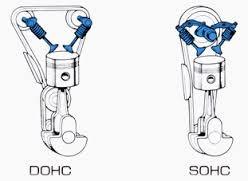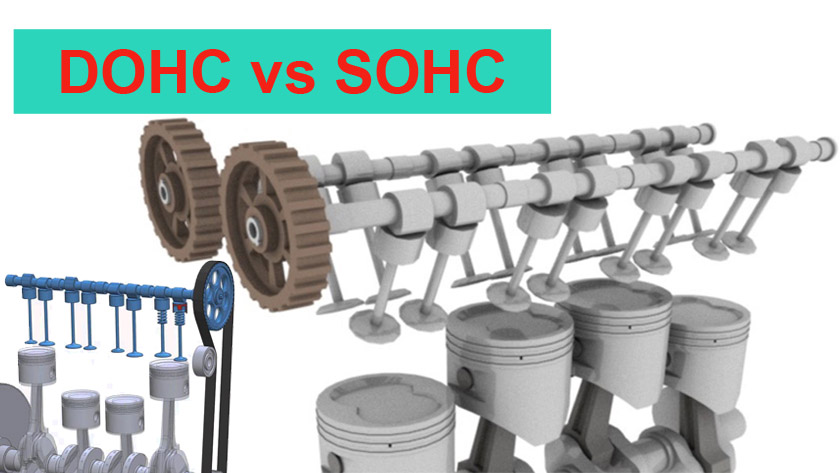DOHC Vs SOHC Engines – All You Need To Know!
Two terms that are continuously thrown around among automotive enthusiasts are SOHC and DOHC. In this blog, we will see what they mean, what are they and what do they do.
Simply put, SOHC stands for single overhead camshafts while DOHC means double overhead camshafts. These are basically different valve train configurations. Though both of these terms are used invariably but most of us do not really know what differentiates them or what makes one superior to other. Let’s discuss this below:
SOHC:
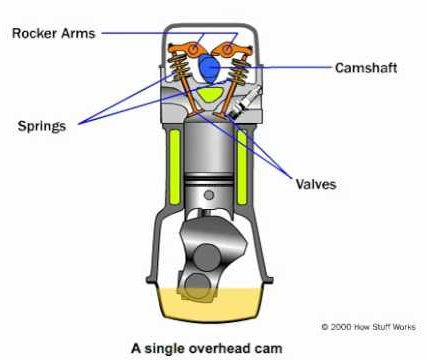 Single overhead cam engines are placed over the cylinder heads in an engine. They have a single cam which operates the opening and closing of intake and exhaust valves. It rotates with half the speed of the crank shaft since it has to open and close the valves which are two of the four strokes of an engine, whether petrol or diesel. SOHC engine valve configurations typically have 2 or 3 valves per cylinder. It is also possible to have 4 valves per cylinder using SOHC but this translates into a complicated combination of rocker arms and cam lobe shapes. However, it is quite common in most Honda single cam engines.
Single overhead cam engines are placed over the cylinder heads in an engine. They have a single cam which operates the opening and closing of intake and exhaust valves. It rotates with half the speed of the crank shaft since it has to open and close the valves which are two of the four strokes of an engine, whether petrol or diesel. SOHC engine valve configurations typically have 2 or 3 valves per cylinder. It is also possible to have 4 valves per cylinder using SOHC but this translates into a complicated combination of rocker arms and cam lobe shapes. However, it is quite common in most Honda single cam engines.
DOHC:
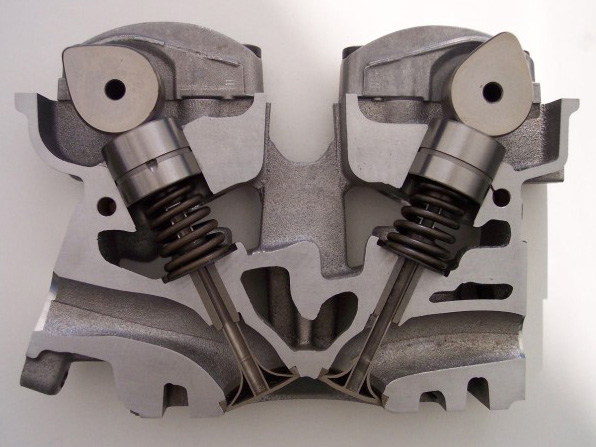
A double overhead cam engine consists of two camshafts in each cylinder. This means that for a V-configuration, a DOHC engine has 4 camshafts because it has 2 banks of cylinder heads. This allows the manufacturer to easily implement a 4 valve per cylinder setup. However, the number of cams is not directly related to the cylinder banks and complicated assemblies can be made to cater for different number of cylinder banks. These two camshafts operate the intake and exhaust valves separately, one camshaft for each set of valves.
Operation:
The purpose of OHC engines is to provide an alternative to conventional valve actuation such as in OHV (overhead valve) engines. These use centrally located camshafts and operate intake and exhaust valves through use of lifters, rockers, pushrods, etc. The OHC engine reduces the mass of valve train by making these actuation devices redundant. This means less inertial pressure on the valve train and correspondingly more safer and efficient engine performance at higher speeds. An OHC engine is however more complex than the OHV in that there are a more parts which can go bad, which can cause catastrophic consequences if it fails.
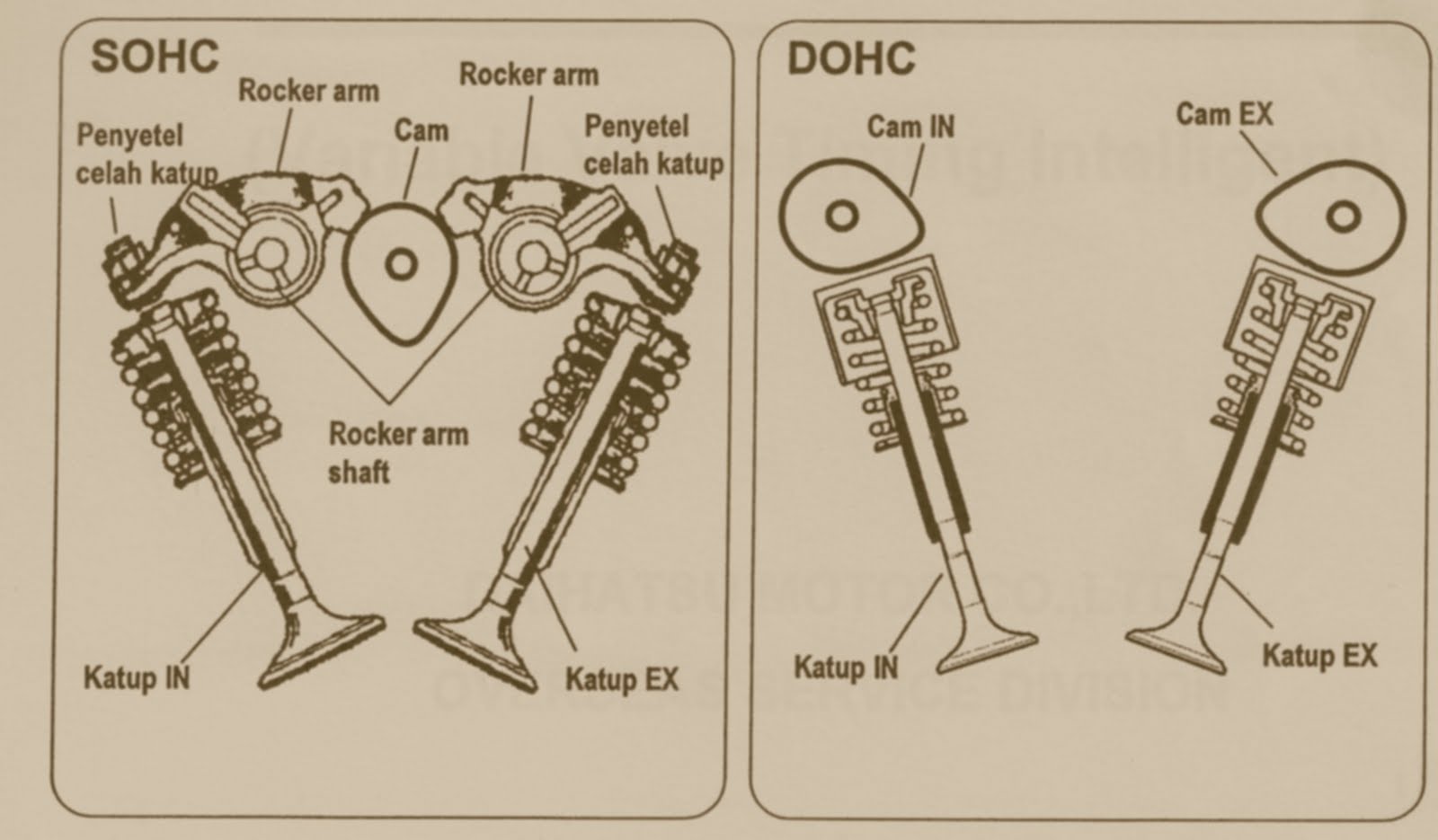
Advantages of DOHC:
A DOHC engine has the following advantages:
- Precise valve timing
- Better valve lift
- No need of rocker arms
- Direct valve contact
- Twice as many intake and exhaust valves as compared to SOHC
- Engine runs cooler and more smoothly, quietly, and efficiently
- Engine can be run on high revs
However it costs more and has more moving parts; hence requires more maintenance.
Advantages of SOHC:
Advantages of SOHC engines are as follows:
- Cheaper
- Less complicated to design
- Less moving parts
- Better provision of low-end torque
However, an SOHC layout, when tuned, can be as efficient as a DOHC, but under proper tuning, DOHC engines always achieve more power than SOHC engines.
Conclusion:
So to sum it all up, SOHC has better low-end power, DOHC has better high-end power and overall maximum power. Basically, 4 valves per cylinder is much better than 2 valves per cylinder and it doesn’t matter whether 4-valves is achieved via SOHC or DOHC.
But all in all, one could probably leans a bit towards DOHC engines due to their being sufficiently more advantageous.
